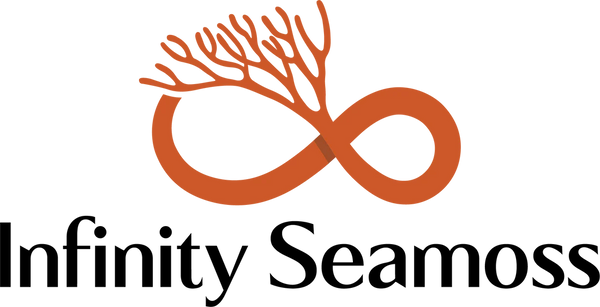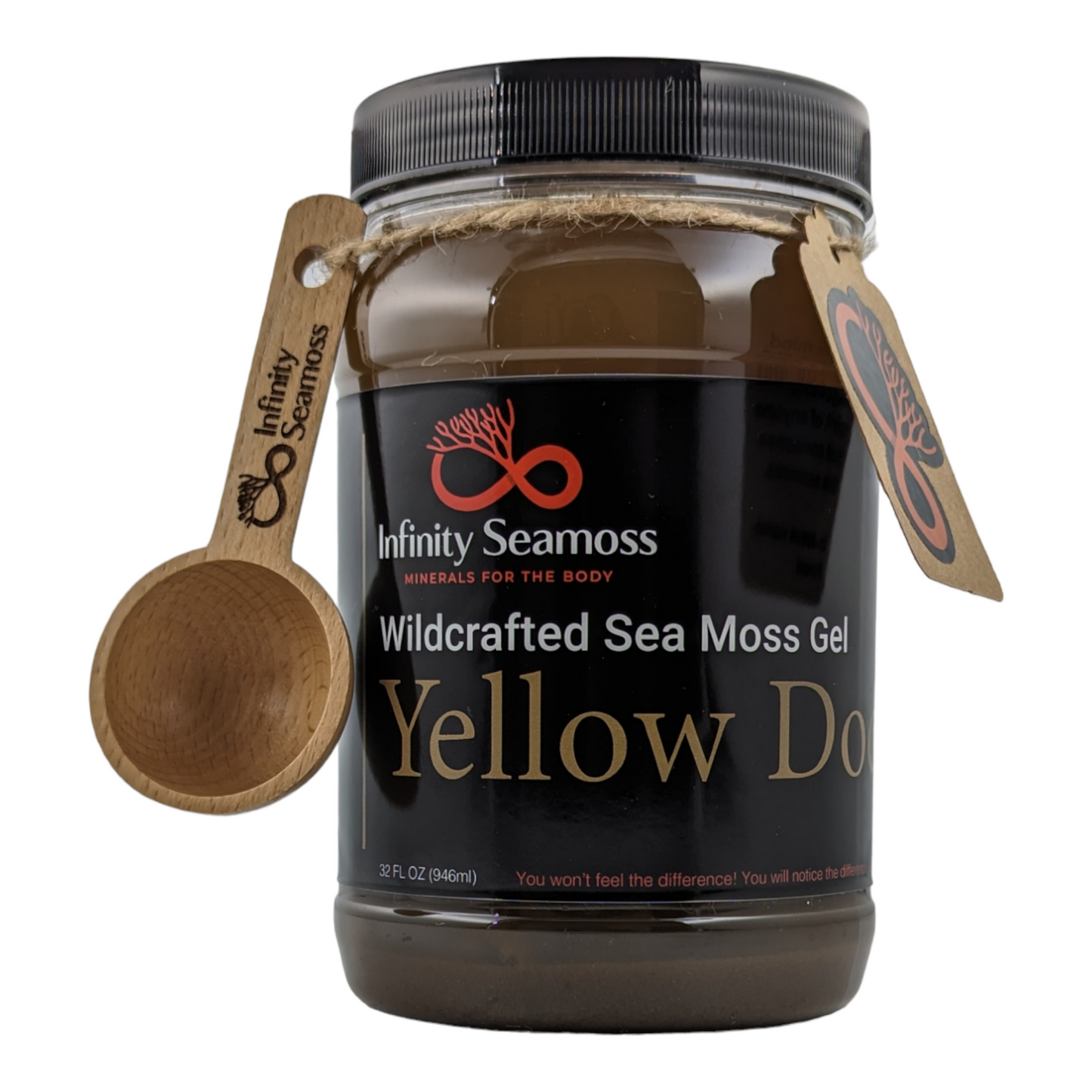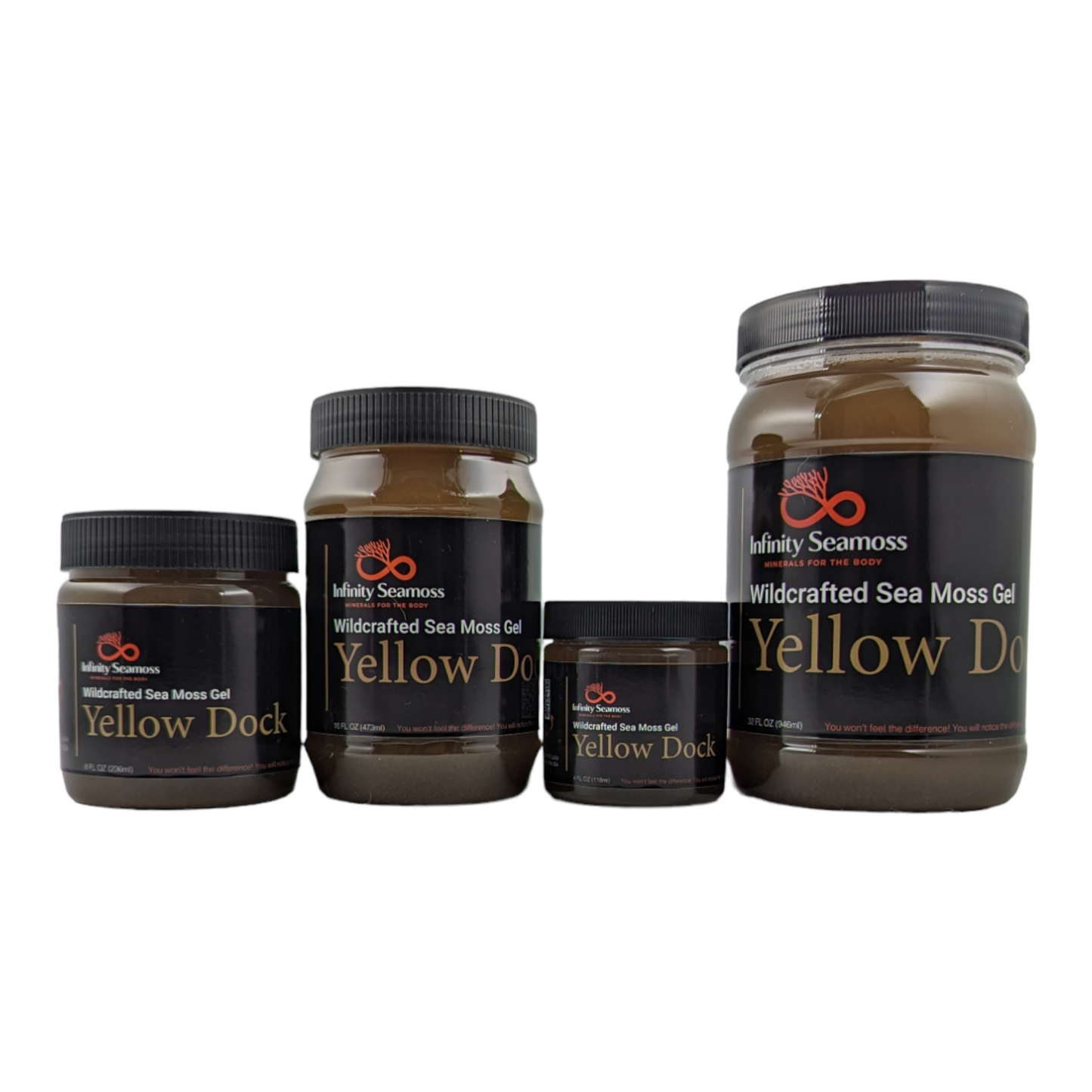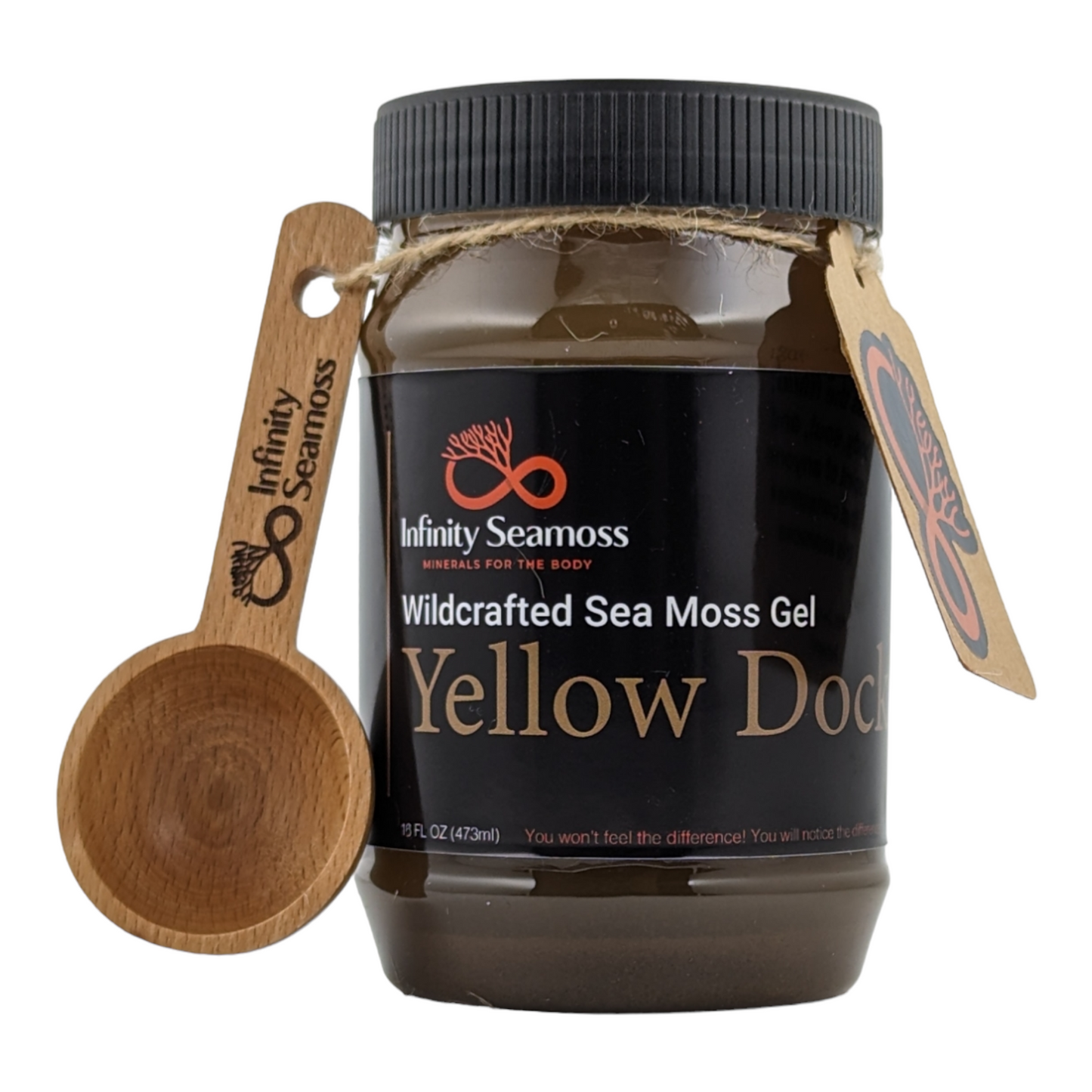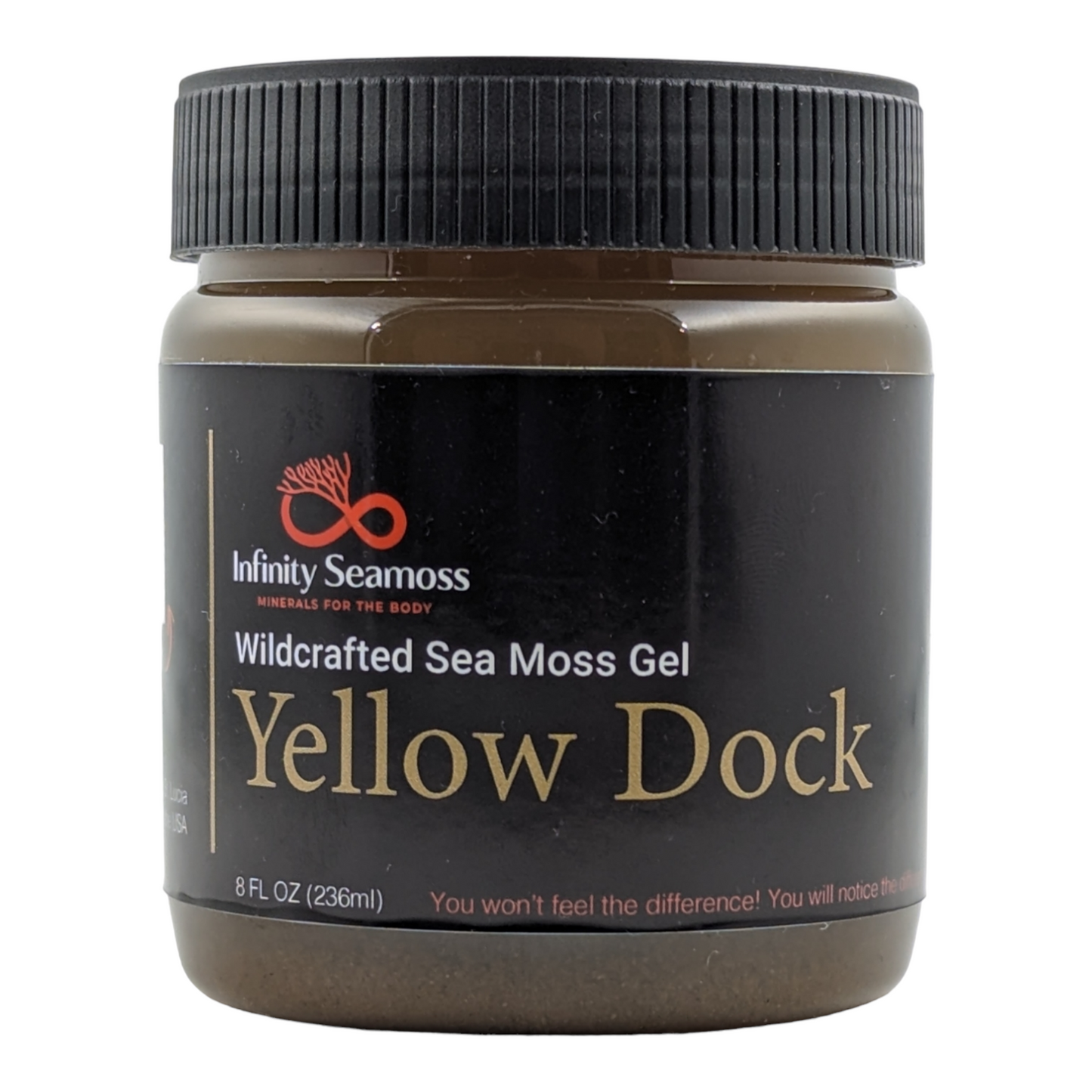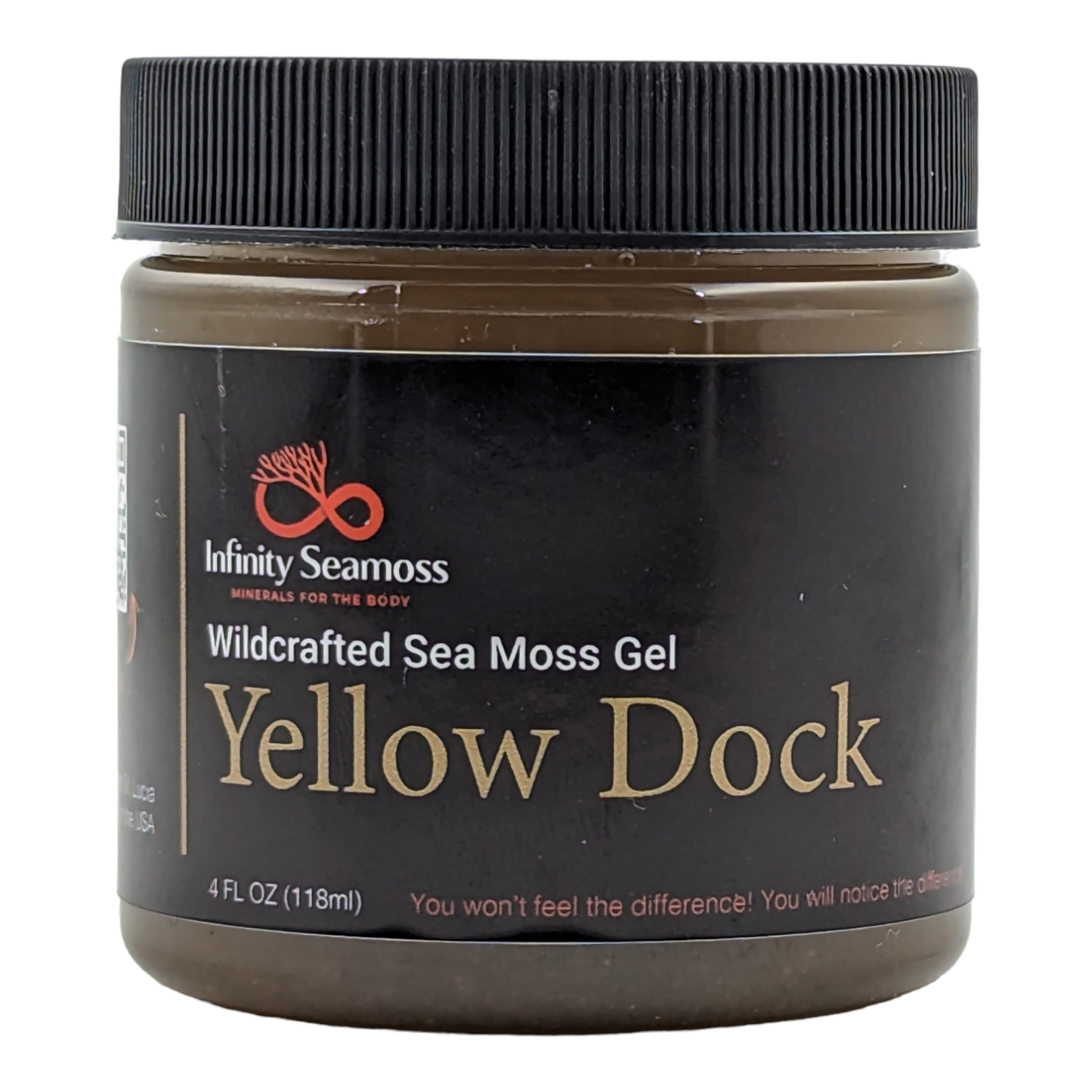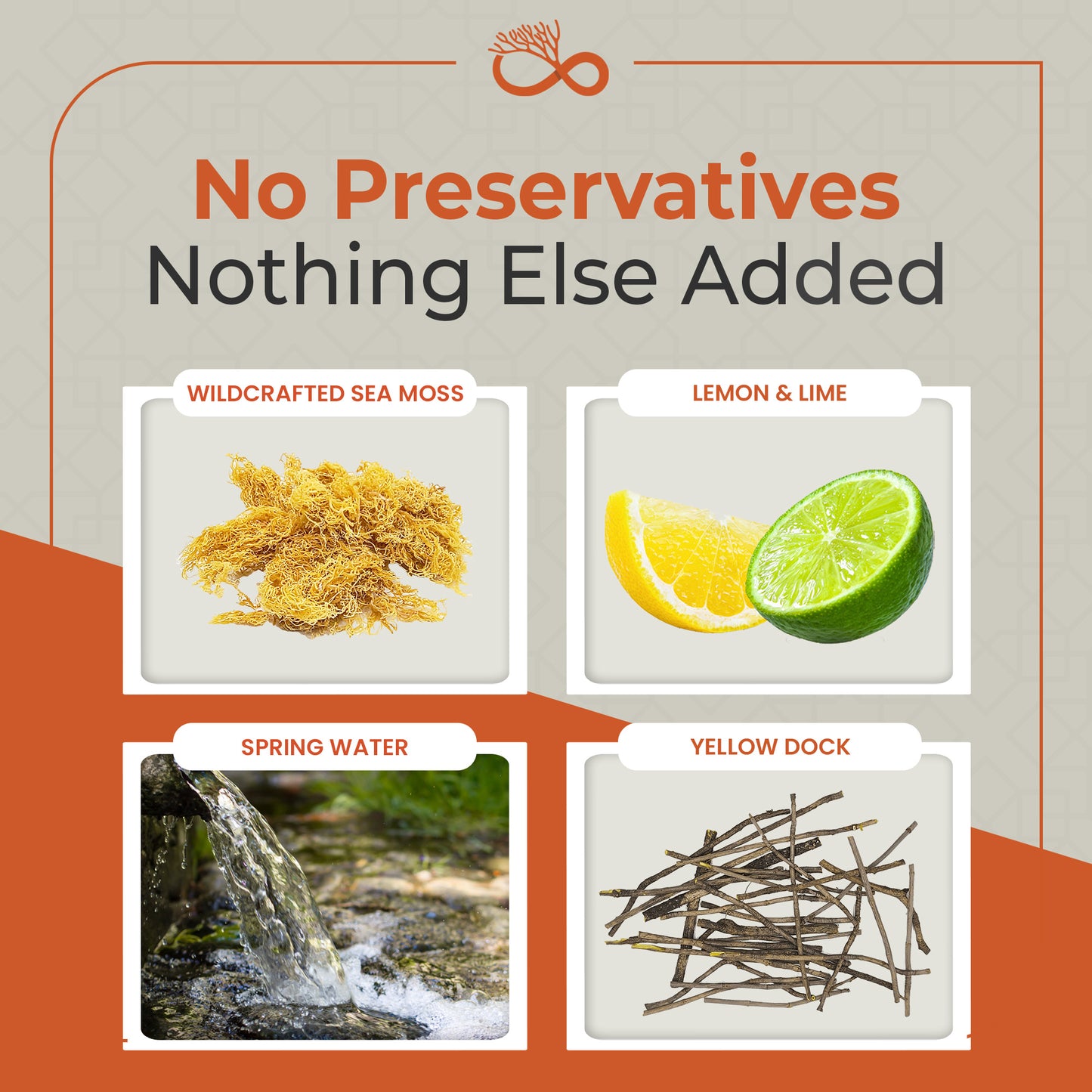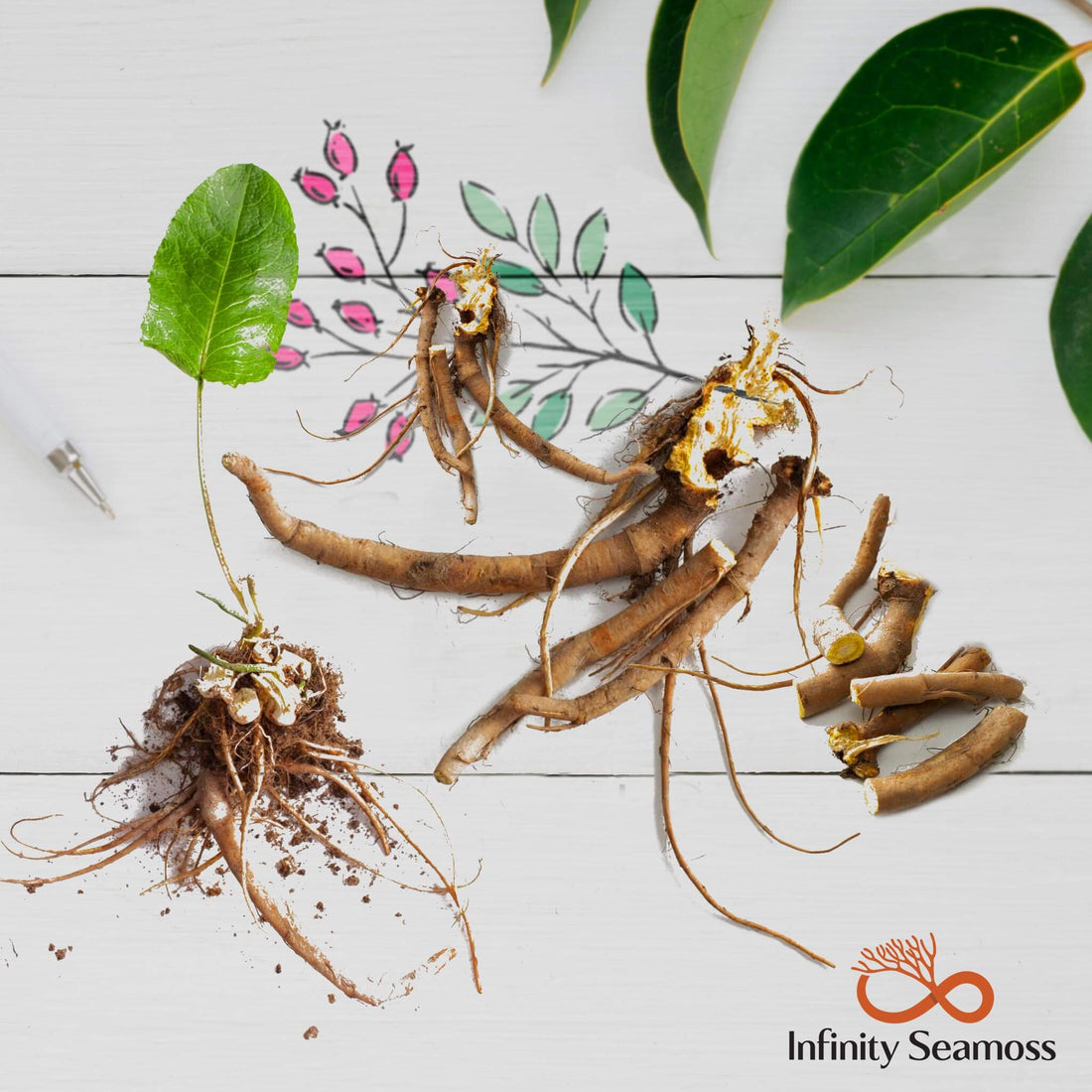
Health Benefits of Yellow Dock Root
Share
Yellow Dock Root is a flowering perennial plant that is considered an invasive weed, native to Europe and West Asia. However, its medicinal properties should not be overlooked simply for its commonality! It has many wonderful health benefits and is a great tool to have in your arsenal.
Yellow Dock Root has been used traditionally by Native Americans as a herbal remedy to combat a magnitude of different ailments. From skin irritations, swelling and constipation, to blood cleansing and the detoxification of the lymphatic and digestive systems. Yellow Dock Root is often referred to as an all-in-one herbal remedy due to its versatility, with the science to back up these traditional claims.
Oxidative Stress & Cancer
Skin Conditions
Yellow Dock Root can be used both internally and externally to treat numerous skin conditions. From a “skin eruption, to scurvy and scrofula” the root can be used internally to help your body detox and heal. While Native Americans have used Yellow Dock Root traditionally for years in a topical poultice to treat and soothe such skin conditions as psoriasis, eczema, rashes and poison ivy. Native Americans also believe the root to reduce pain and swelling, while promoting healing.
Natural Detox and Cleansing
Digestive System Support
Yellow Dock Root has also been observed and documented to treat:
- Hemorrhoids
- Sexually Transmitted Diseases (Venereal Diseases)
- Menstrual cramps and cycle irregularities
- Anemia
- Jaundice
- Scurvy
- Diarrhea and constipation
- Upper respiratory disorders
Resources:
Antioxidant activity of yellow dock (Rumex crispus L., Polygonaceae) fruit extract
Flora of North America: Volume 5: Magnoliophyta: Caryophyllidae, Part 2
Examination of the Rumex Crispus, or Yellow Dock.: Organic analysis of the fresh leaves.
https://en.wikipedia.org/wiki/Rumex_crispus https://www.webmd.com/vitamins/ai/ingredientmono-651/yellow-dock https://pubmed.ncbi.nlm.nih.gov/17517459/ http://www.ncbi.nlm.nih.gov/pubmed/20623623
